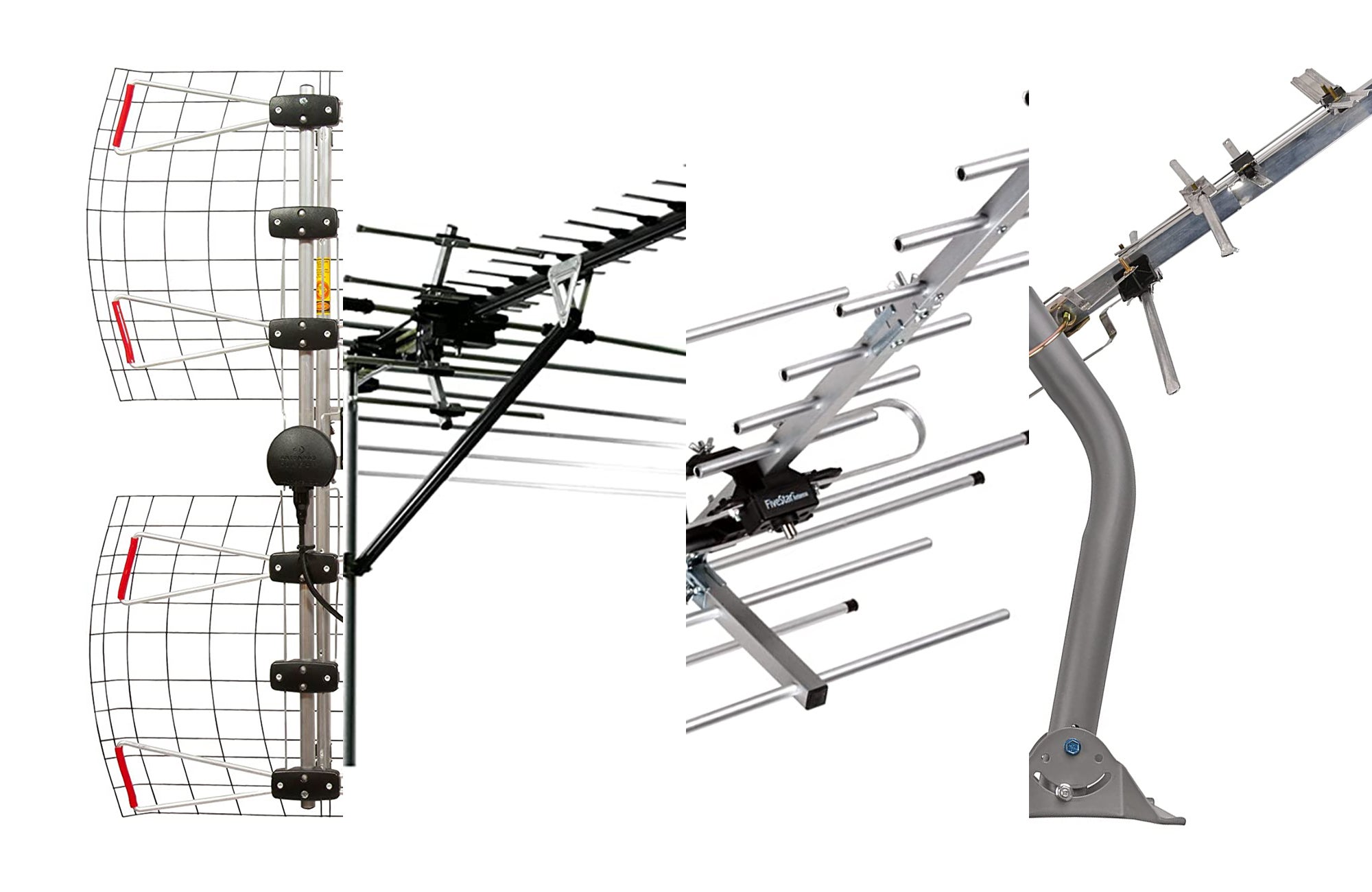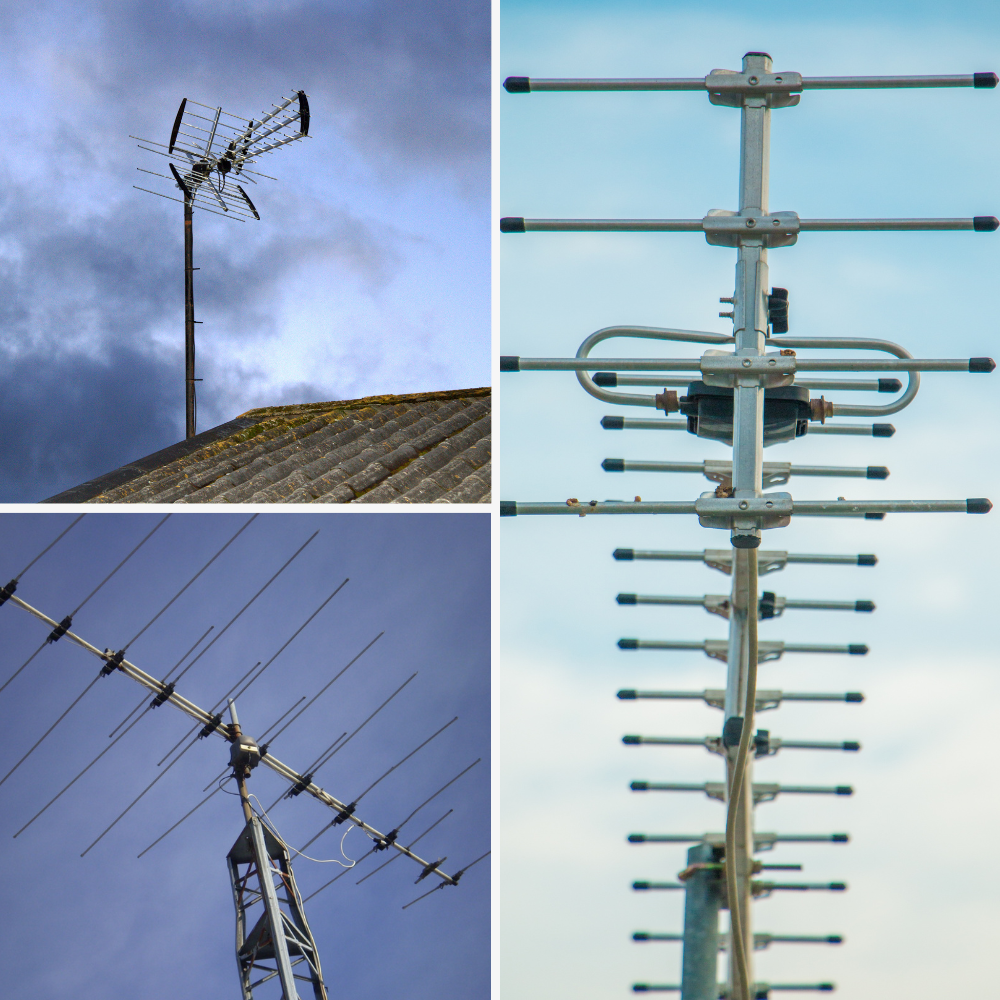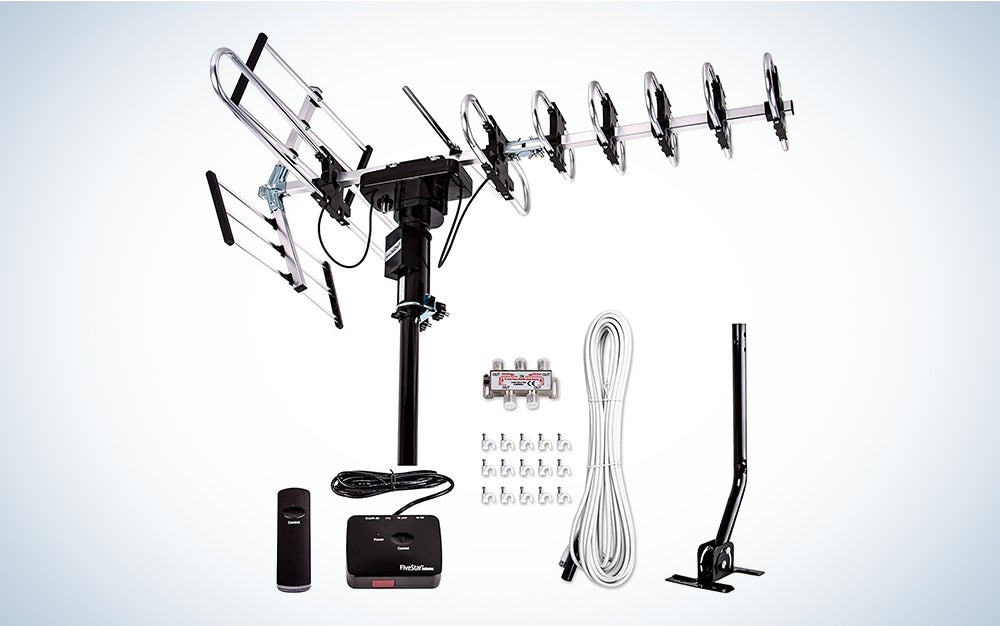Best Hd Antenna For Rural Areas

For millions living beyond the reach of cable and fiber internet, the promise of free, over-the-air (OTA) television remains a crucial lifeline. But in rural areas, where distance from broadcast towers and challenging terrain conspire against signal strength, the right HD antenna is the key to unlocking that promise, turning a snowy screen into a gateway to news, entertainment, and critical information.
Choosing the best HD antenna for rural areas is a complex undertaking, far more involved than simply picking the cheapest model off the shelf. It requires understanding the specific challenges of rural reception, the different types of antennas available, and how to properly install and optimize them for peak performance. This article delves into the factors impacting rural TV reception, explores the top antenna options, and provides expert advice on maximizing your OTA experience.
Understanding the Challenges of Rural TV Reception
Rural areas face unique obstacles when it comes to receiving over-the-air television signals. Distance from broadcast towers is the primary culprit, as signal strength diminishes significantly over distance. The further you are, the weaker the signal becomes, making it harder for an antenna to capture a clear picture.
Terrain also plays a significant role. Hills, mountains, and dense forests can block or weaken TV signals, creating "shadow zones" where reception is poor or nonexistent. Even the presence of tall buildings or trees closer to your home can interfere with the signal path.
Atmospheric conditions, such as rain, snow, and temperature inversions, can also affect signal propagation. These conditions can cause signals to scatter or bend, leading to signal loss or interference. Choosing the right antenna that mitigates these factors is essential for a reliable viewing experience.
Types of HD Antennas for Rural Environments
Several types of HD antennas are designed to combat the challenges of rural reception. These fall primarily into two categories: directional and omnidirectional. Understanding the strengths and weaknesses of each type is critical for making an informed decision.
Directional Antennas
Directional antennas are designed to receive signals from a specific direction. They offer superior gain, meaning they can amplify weaker signals more effectively than omnidirectional antennas. This makes them ideal for areas where broadcast towers are located in a relatively narrow arc.
High-gain directional antennas, such as Yagi-Uda antennas, are often the best choice for long-range reception. These antennas feature a long boom with multiple elements that focus the signal towards the receiver. Precise aiming is crucial with directional antennas. However, their focused design means they must be pointed directly at the broadcast towers.
Some directional antennas also come with a rotor, allowing you to remotely adjust the antenna's direction to receive signals from different towers. This can be a significant advantage if you live in an area where broadcast towers are located in multiple directions.
Omnidirectional Antennas
Omnidirectional antennas receive signals from all directions. They are less sensitive than directional antennas but offer the convenience of not requiring precise aiming. They are suitable for areas where broadcast towers are located in multiple directions or where the exact location of the towers is unknown.
Omnidirectional antennas are generally easier to install than directional antennas. However, their lower gain means they may struggle to receive weak signals, particularly in areas with challenging terrain. Therefore, they are less effective in areas further away from broadcast towers.
Top Antenna Models for Rural Reception
Several antenna models have consistently performed well in rural environments. These antennas balance gain, durability, and ease of installation.
The Winegard HD8200U Platinum VHF/UHF HDTV Antenna is a popular choice for long-range reception. It's a high-gain directional antenna designed to receive both VHF and UHF signals, offering excellent performance in areas far from broadcast towers. User reviews frequently cite its robust construction and ability to pull in distant signals.
The Antennas Direct ClearStream 4MAX is another well-regarded directional antenna known for its compact design and powerful performance. It features a loop design that is effective at receiving UHF signals, and it can also be paired with a VHF reflector for improved VHF reception.
For those seeking an omnidirectional option, the Mohu Leaf Supreme Pro offers a decent balance of performance and convenience. While not as powerful as directional antennas, it can be a viable option for areas closer to broadcast towers or where precise aiming is difficult.
Installation and Optimization Tips
Even the best antenna won't perform well if installed improperly. Proper installation and optimization are crucial for maximizing signal strength and picture quality.
Height is Key: Mount your antenna as high as possible, preferably on a roof or tall mast. This will minimize obstructions and maximize the signal's line of sight. Remember to follow all safety precautions and local regulations when working at heights.
Aim Accurately: For directional antennas, use a signal meter or online resources like the FCC's DTV Reception Map to determine the location of broadcast towers and aim the antenna accordingly. Fine-tune the antenna's direction until you achieve the strongest possible signal.
Use a Preamplifier: A preamplifier can boost weak signals before they reach your TV, improving reception in areas with long cable runs or marginal signal strength. Choose a preamplifier with a low noise figure to minimize interference.
Scan for Channels: After installing and aiming your antenna, perform a channel scan on your TV to identify all available channels. Repeat the scan periodically to ensure you are receiving the strongest possible signals.
The Future of Rural Over-the-Air Television
Over-the-air television continues to evolve, with the transition to ATSC 3.0 (NextGen TV) promising improved picture quality, enhanced audio, and interactive features. ATSC 3.0 also offers the potential for better signal penetration and improved reception in challenging environments.
As ATSC 3.0 adoption increases, new antennas specifically designed to receive these signals will become available. These antennas will likely offer even better performance in rural areas, providing a more reliable and feature-rich over-the-air television experience.
Despite the rise of streaming services, over-the-air television remains a vital resource for millions, particularly in rural areas. By understanding the challenges of rural reception and choosing the right antenna, you can unlock the full potential of free, over-the-air television and stay connected to the world.







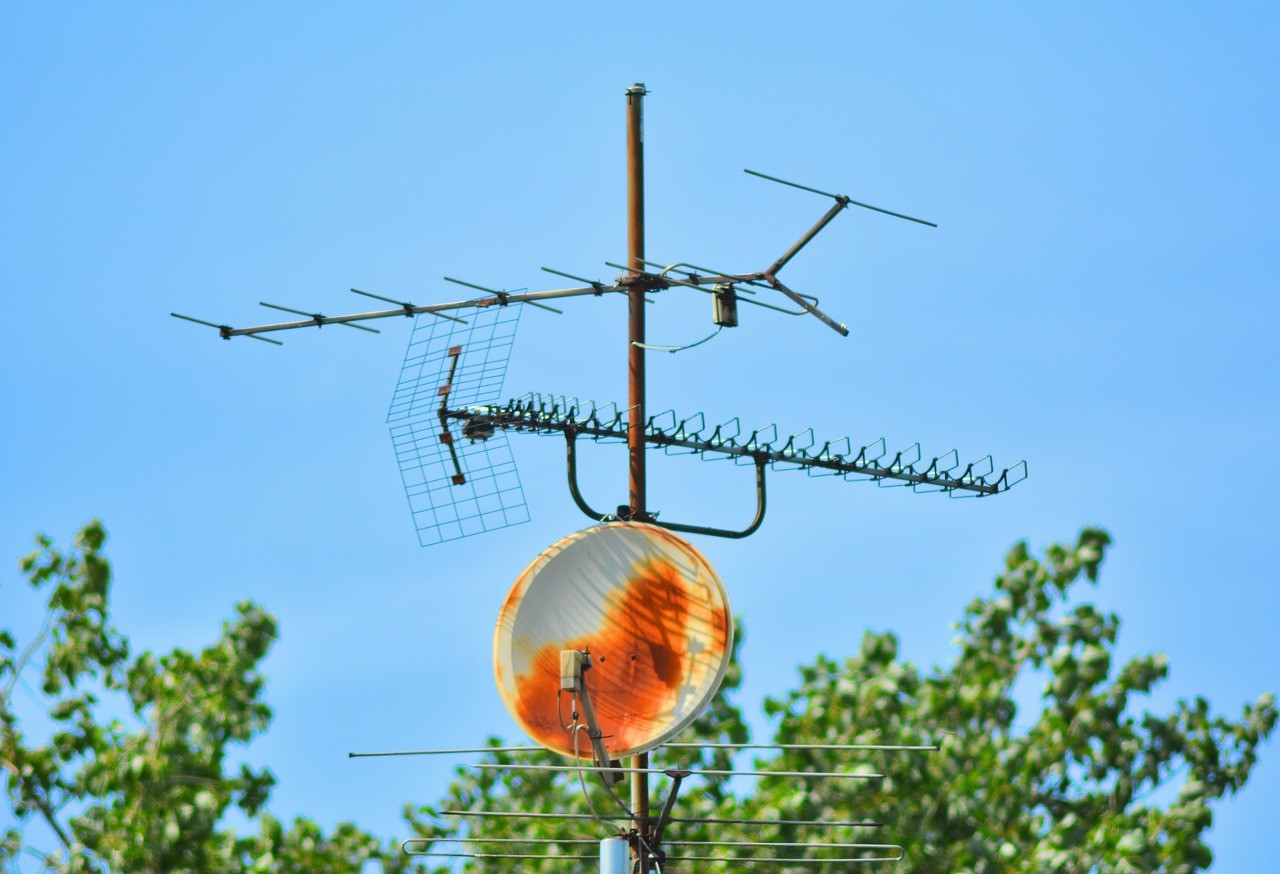
![Best Hd Antenna For Rural Areas Top 5 Best Indoor TV Antenna for Rural Areas [Review] - Indoor](https://i.ytimg.com/vi/ZxakqD0ZYfA/maxresdefault.jpg)


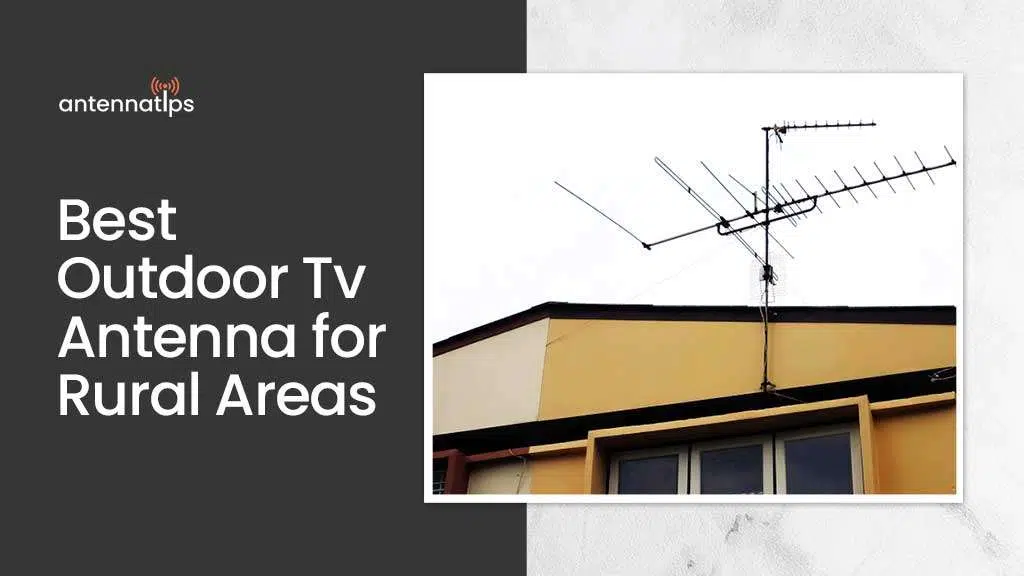
![Best Hd Antenna For Rural Areas Top 6 Best Outdoor TV Antennas For Rural Areas [2024] Reviews](https://cdn.adecenthome.com/1335860/best-outdoor-tv-antennas-for-rural-areas_768x432.jpg?v=4)
